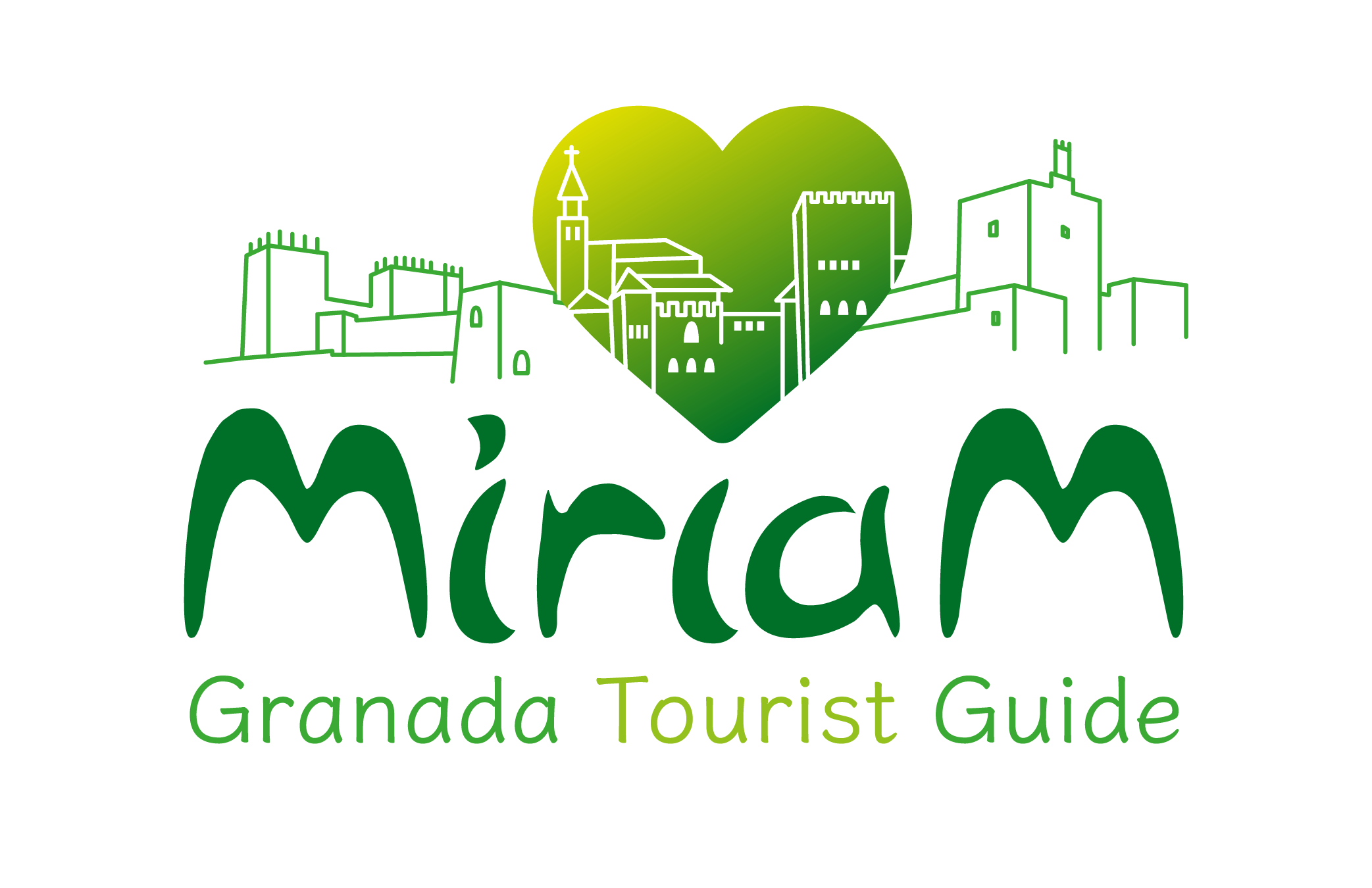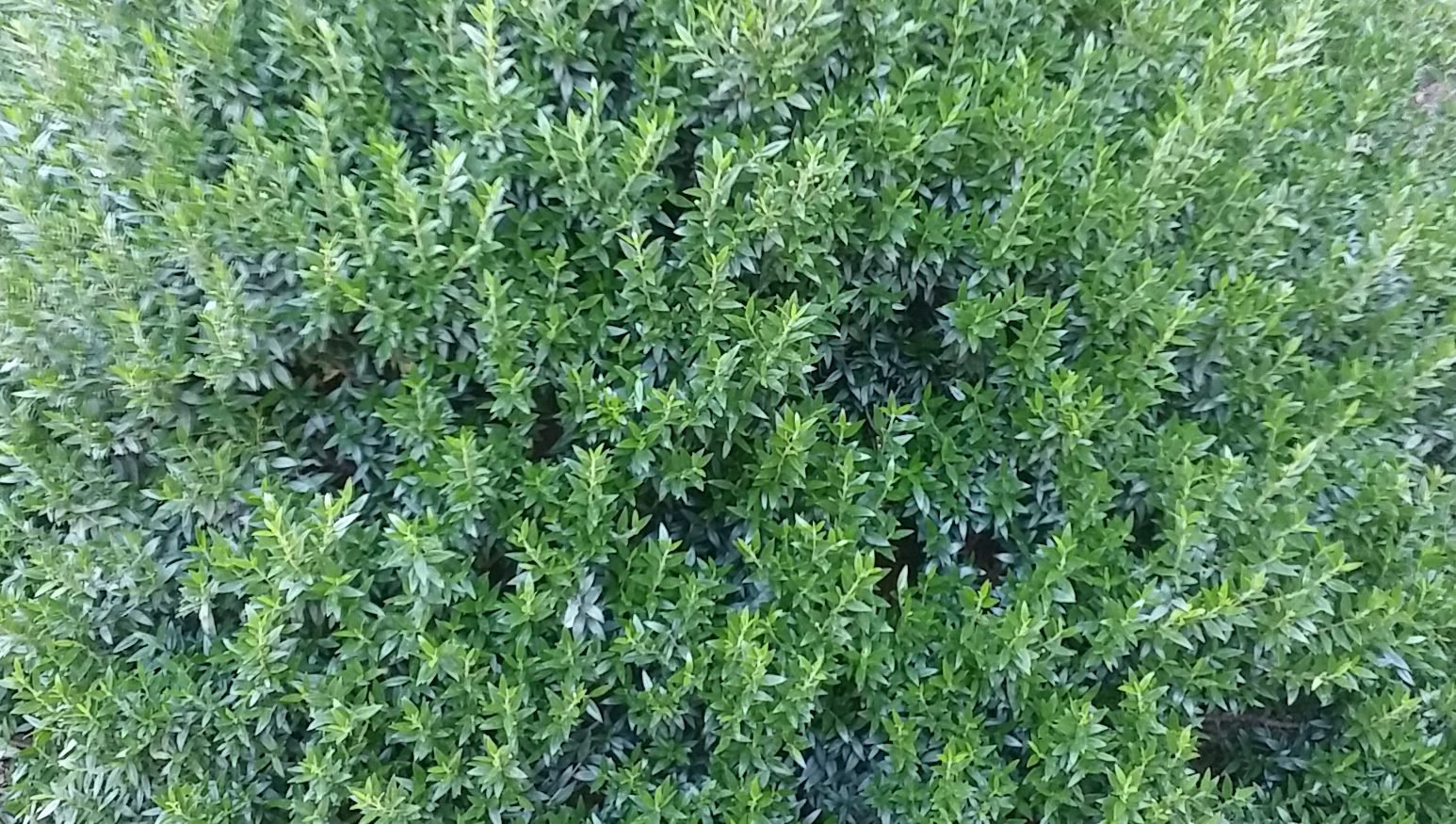Without any doubt the most representative plant of the Alhambra and Generalife is the Myrtle. It is from the Arabic term al-rayhan, “the aromatic”, because if you rub the myrtle leave, you release its perfume.
It is a natural repellent to avoid the mosquitoes. I think that this plant can be a great ally during the summer months.
Its intensive cultivation as an ornamental specie is due to: its fine texture, its relatively rapid growth, its delicate and fragrant white flowers, and its adaptation to be pruned as hedges and topiaries.
Over 600 names have been proposed in the genus, but nearly all have either been moved to other genera or been regarded as synonyms.
Types of Myrtle
The Myrtus genus has two species recognised today:
- Myrtus communis — Common myrtle; native to the Mediterranean region in southern Europe.
- Myrtus nivellei — Saharan myrtle; native to North Africa.
Among its many varieties and cultivars, the most significant to us is the “Moorish Myrtle ”, with larger and curled leaves. The species has been cited by several authors since the sixteenth and seventeenth centuries.
Despite it has been widely used in the gardens of the monument, nowadays only remain scattered specimens, some of them with more than a hundred years old.
In several countries, particularly in Europe and China, there has been a tradition for prescribing this myrtle substance for sinus infections. A systematic review of herbal medicines used for the treatment of rhinosinusitis concluded that the evidence that any herbal medicines are beneficial in the treatment of rhinosinusitis is limited. It is insufficient data to verify the significance of clinical results.
At the Comares Palace you will see the Myrtle around the reflecting pool or “albirca“. For that reason, the courtyard is known by the name of Arrayanes.
Do you want to wrinkle their leave to smell its fragance?
Sign up a private tour.




Comment (0)